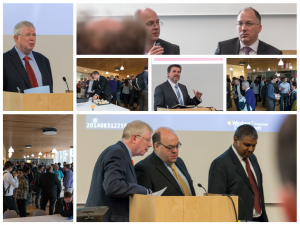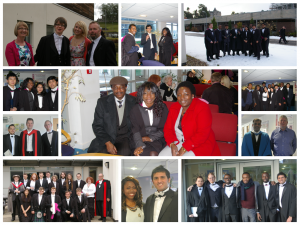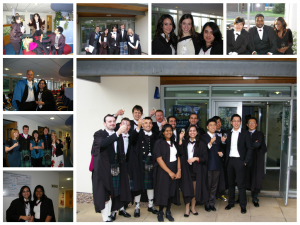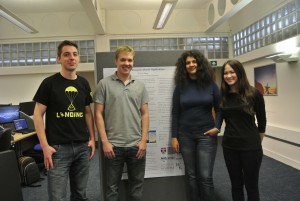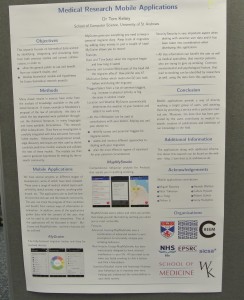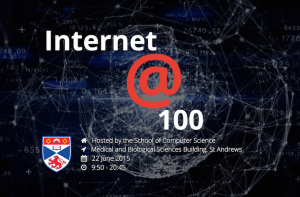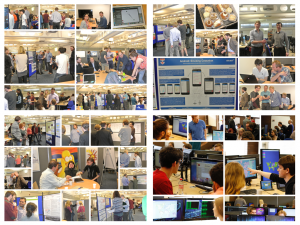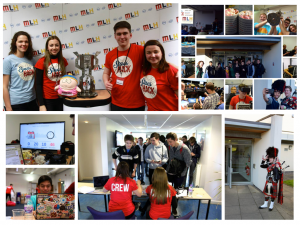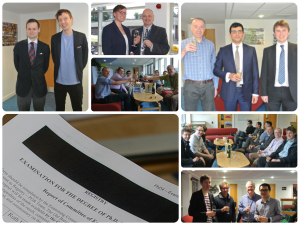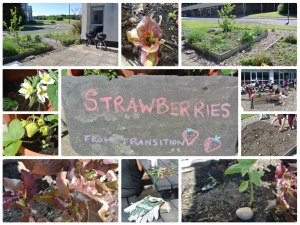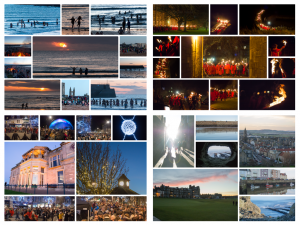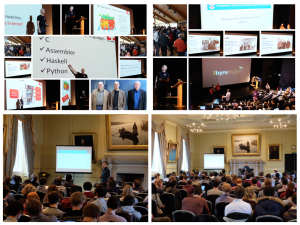The University of St Andrews awarded Dr. Vint Cerf, a founding father of the Internet, an honorary doctorate alongside our graduating students last week. In advance of this, the School of Computer Science organised a one day symposium entitled “The Internet at 100” that encompassed a host of prominent speakers and closed with “Digital Dark Age? Digital Vellum”. The Keynote by Dr Cerf contemplated that the information we have now might be lost unless we plan carefully for the longevity of the applications and data that we use today.
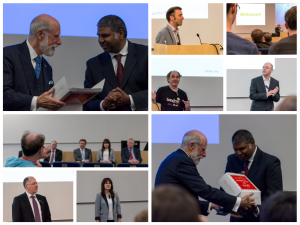
The interesting and thought provoking talks challenged a diverse range of Internet related research absorbing video, the technology and politics of privacy and surveillance, things and sensors, research directions and a true history of the Internet were considered by Dr Colin Perkins, Prof Ian Brown, Prof Julie McCann, Dr Lars Eggert and Prof Jon Crowcroft respectively.
Read more about the schedule and the speakers on the event website. Images courtesy of Xu Zhu.


